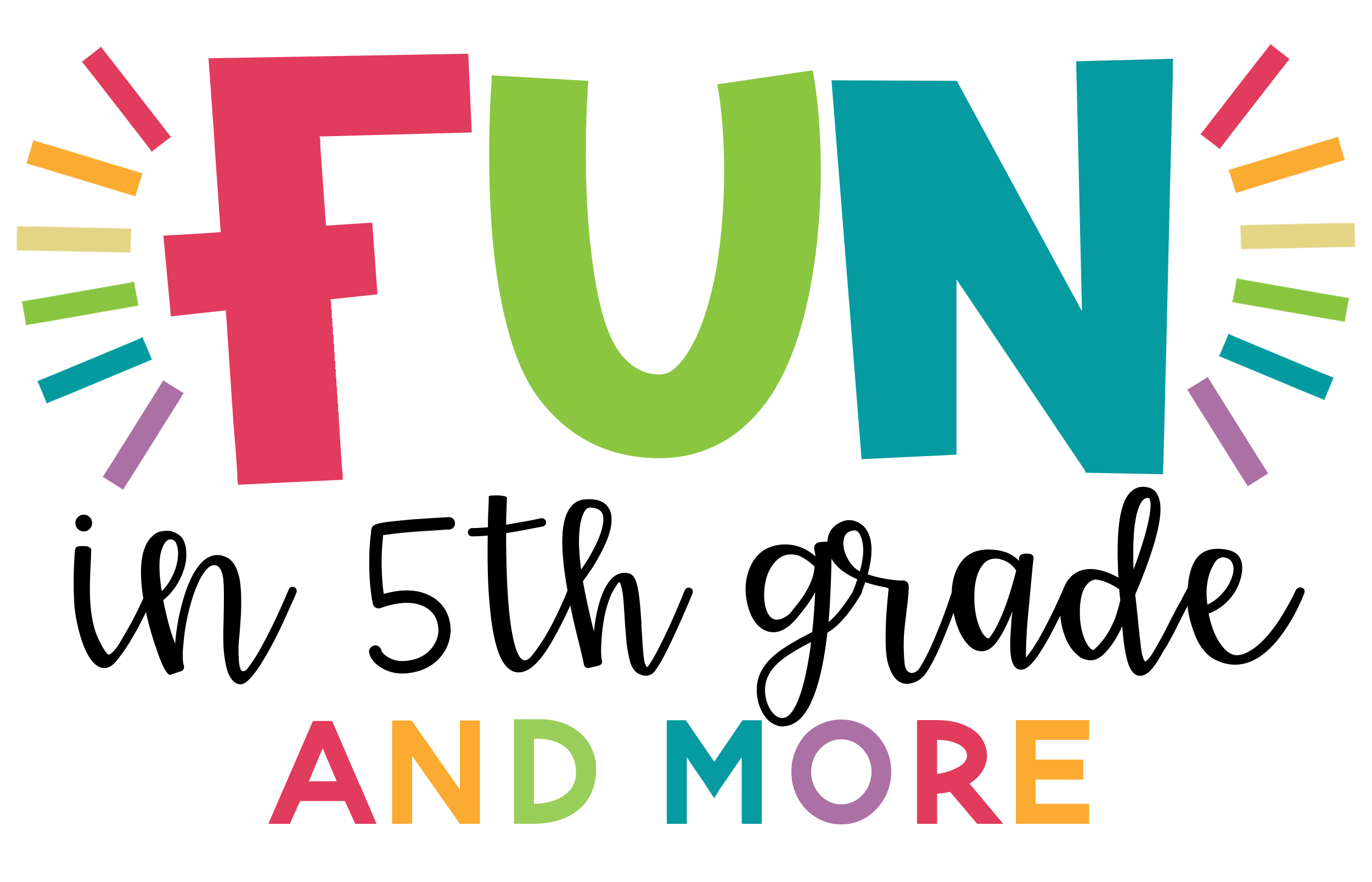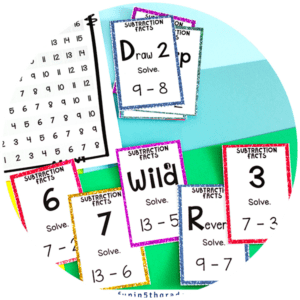A major part of teaching upper elementary is helping students learn different reading strategies to help them as they work on reading comprehension and understanding what they read.
No longer are students focused on just reading as fast as they can.
In upper elementary, we are focused on making sure students remember what they read and understand it at an appropriate level.
I’ve spent a lot of time thinking about and researching reading strategies and what makes a good reading strategy, and here are some ideas I’ve found that you may want to try with your students.
Reading Strategies for Upper Elementary
#1 | Close Reading
Close reading is near and dear to my heart. I love giving students passages and teaching them to reread while looking at the text through a different lens each time.
Close reading is great for helping students focus on different elements such as vocabulary, main ideas, and supporting details.
This process helps deepen understanding.
I believe that close reading is so valuable that over the years, we’ve created a bunch of close reads on a variety of topics. I like to add mystery pictures to make them even more interactive, too!
Check out some of the close reads in my shop here!
In our close reading resources, we provide a “Mark It Up” guide for helping students load their reading with visual cues, too!

#2 | Text Coding
Text coding is another of the reading strategies for upper elementary that focuses on marking up passages as you read.
Note-taking doesn’t come naturally to every student, so teaching different note-taking strategies or “marking up” strategies can be very beneficial to students.
Text coding guides students to use symbols or annotations to mark important information, make connections, ask questions, and identify key concepts.
This kind of visual strategy aids in active reading.
#3 | Think Aloud
Think-alouds encourage students to verbalize their thoughts while reading.
Thinking aloud helps them process information, make predictions, and monitor their comprehension.
Students can also benefit from hearing others think aloud. Consider doing a think-aloud with students. You read a passage or story aloud to them and pause to think aloud along the way.
Doing a think-aloud for students can help them see how someone might think about their reading as they go and process the information as it comes.
#4 | Story Elements
Learning about story elements can help students recognize how a story is actually built. If they begin to notice patterns in how the story is built, they’ll also begin to make predictions.
Emphasizing the identification of story elements such as characters, setting, plot, conflict, and resolution can enhance comprehension by providing a framework for understanding narratives.
#5 | Inferencing
Although inference at its deeper level may be difficult for upper elementary-aged students, many students in these grades will be able to start getting the basics of inference if they are encouraged to practice or put in situations where they must make inferences.
Inference, in its simplest forms, is about encouraging students to make logical guesses about information not explicitly stated in the text. To do this well, we have to be open to accepting inferences throughout the reading and teaching students to be willing to change their guesses as more or new information is provided. This promotes critical thinking and understanding of implied meanings.
#6 | Main Idea and Supporting Details
Like story elements, learning about main ideas and supporting details teaches students to think about how a story is created or how people naturally write arguments.
Explicitly teaching students how to identify the main idea of a passage and locate supporting details can help them notice these in other texts as well.
This skill is crucial for understanding the overall message of a text.
Like inference, identifying the main idea and supporting details is hard work and maybe a little above some of your upper elementary students.
Consider approaching a text like a detective. Give students a choice of “suspects” to choose from (a.k.a. A list of possible main ideas to choose from) and then tell them exactly how many details or pieces of evidence we’re looking for to know the suspect is the “one we’ve been looking for.”
Gamifying this process will help students start to learn what to look for. Working in a large group will also help them to see how others think through a text, which could help them later on.
#7 | Comparing and Contrasting
Comparing and contrasting is a great way to help students tap into prior knowledge.
Have students compare and contrast characters, events, or ideas within a text.
This helps them analyze relationships and understand the nuances of the material.
We have some great comparing and contrasting graphic organizers in our big graphic organizer bundle. You can grab it on Tpt by clicking here!

#8 | Prediction and Confirmation
Encourage students to make predictions about what will happen next and support those predictions with evidence from the text.
Then, whether they are right or wrong, celebrate their willingness to consider the possibilities.
This process strengthens anticipation and understanding.
Consider making a class goal on the number of accurate predictions you make each month. If you meet your goal, you’ll get a special celebration day.
#9 | Visualization
Being able to “see” what’s going on in a text is a great skill, but like with most reading strategies, it has to be explicitly taught.
Develop visualization skills by asking students to create mental images of scenes or events described in the text.
Read a play and ask them to act out the text based on the stage direction. Then, do the same with a story that does not have explicit stage directions. Have students discuss how they can know what the scene “looks” like without being told exactly what to do.
Visualization enhances comprehension and engagement.
#10 | Word Analysis
A big struggle for many students when they read is word recognition.
Strengthen word recognition by working on word analysis skills. You can do this by focusing on prefixes, suffixes, root words, and context clues.
Understanding word structure aids in decoding unfamiliar words and improves overall comprehension.
#11 | Jigsaw Reading
This last of the reading strategies for upper elementary on our list is Jigsaw reading. Jigsaw reading asks students to read a section of a text with the specific goal of learning the information well enough to share it with others.
In essence, students are asked to become experts on a specific section of the text and then share their knowledge with their peers. This cooperative learning approach reinforces comprehension.
Reading comprehension is not just about doing one thing over and over. It is about explicitly teaching students a series of strategies to help them think through texts with different lenses on.
Consider how you teach some of the strategies in this list. Do you teach them all or just a few? Are there any that you feel might benefit your students more than others?
Remember to meet your students where they’re at, and make sure that you are explaining concepts and reading strategies to them in a way they will understand that is age-appropriate.
The Fun in 5th Grade Shop is full of grade-appropriate resources and activities you can use with students, including ones that focus on many of the strategies on this list!





